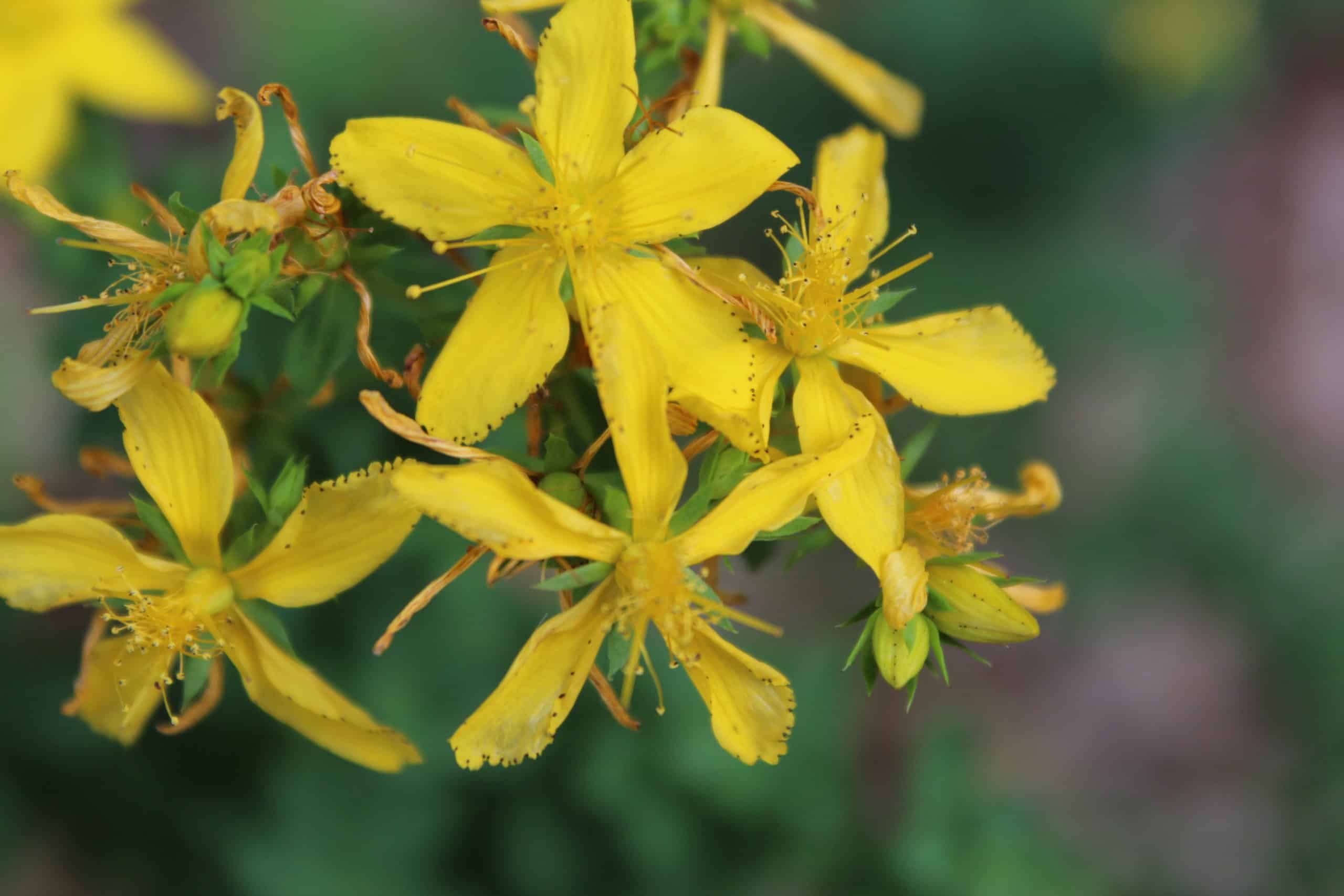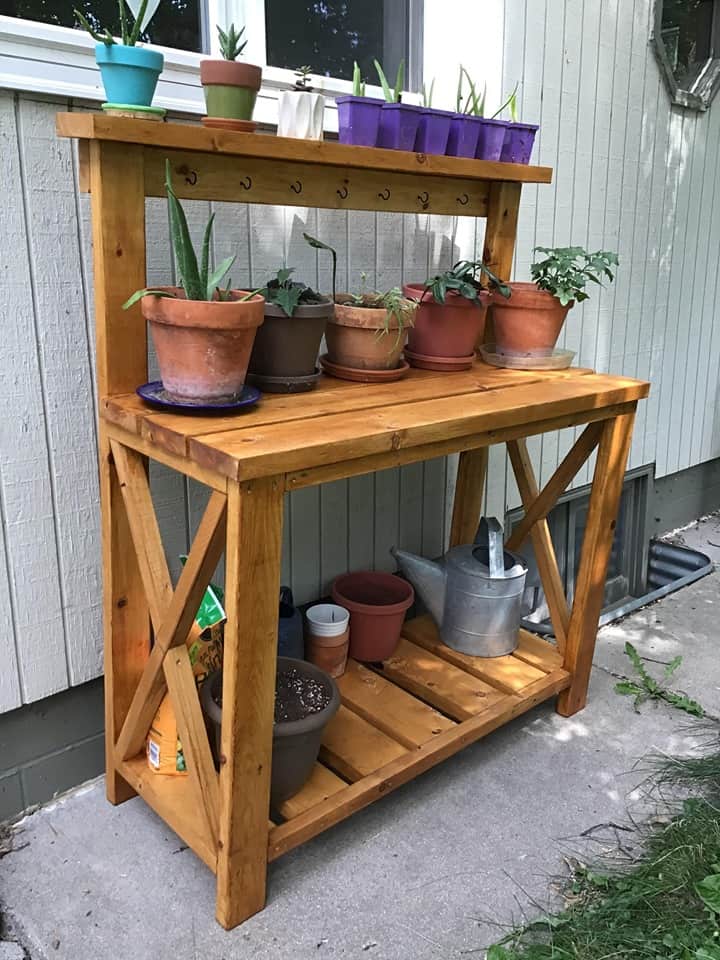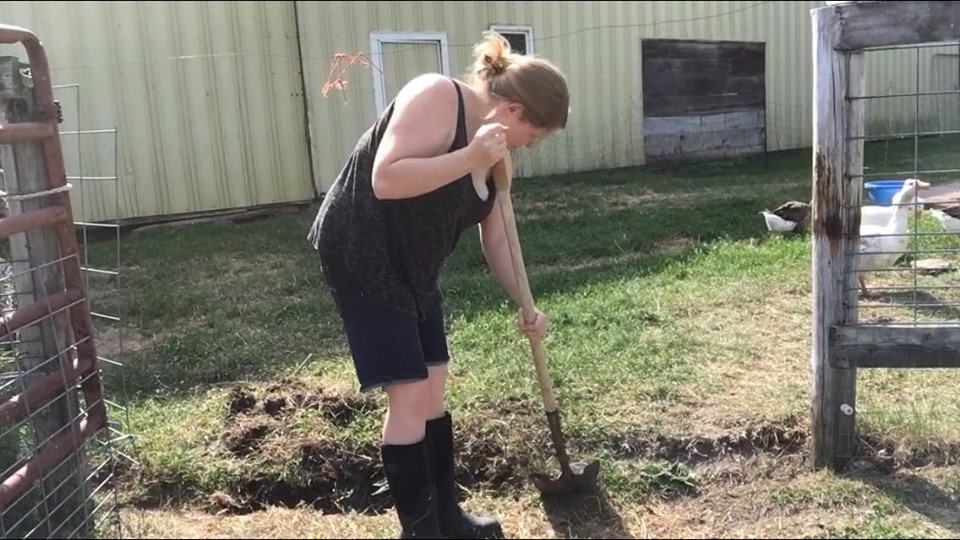All About Flemish Giant Rabbits
Despite my best efforts at not adding any new projects to the farm this year (aka animal species) we find ourselves with a humongous rabbit living in the basement. Let’s talk about Flemish Giant rabbits and why we now have one named Sven.
Our Family and Rabbits
When I was around nine, I saw the old cartoon Watership Down. I loved the movie and read the book shortly after. It remains my favorite book and one I listen to almost every winter.
When I had the opportunity in college to get a rabbit of my own I was thrilled. Enter Trafalgar. He was around two years old and a foundling. He had been hopping around my roommate’s boyfriend’s back yard.

Tra lived with me until he passed away in the summer of 2020. At twelve years old he was a very old bunny. I was sad he died, but happy he’d lived a good life.
I thought we were done the with rabbits until maybe our kids were old enough for a 4-H project. Less than a year later, we got Sven.
What is a Flemish Giant Rabbit?
Flemish giants are a domesticated type of rabbit that is considered to be the largest breed of rabbit in the world.
The first records of them show their origin in Flanders, which is the northern region of Belgium. There were several ancient meat and fur breeds of rabbit that likely went into the Flemish, one of which is the ancient Patagonian rabbit. Unfortunately the Patagonian is now extinct.
Flemish Giant rabbits were also responsible for a United States “rabbit boom” back in the 1880s. Farmers and people with small acreage could raise large amounts of rabbits that were dual purpose. Due to their size they were prized for both meat and fur. That was when the breed as largely imported into the United States.
What colors can Flemish Giants be?
According to the American Rabbit Breeders Association they can be black, blue, fawn, sandy, light gray, steel gray, and white.
Our Sven is what is known as a Sandy. For breeding, we will need to find him a lady friend that is either fawn or sandy colored if their babies (kits) are going to be shown. This is because the coat quality goes down if coors are mishmashed.
If an animal is listed as “Color correct”, that means that their pedigree has only appropriate color combinations of parents in their lineage, so all babies should stay true to their parents’ coloring.
Two Socks Rabbitry has this excellent chart to help determine color crosses.

How much do Flemish Giants weigh?
The average weight of this rabbit is around 15 pounds. They can be 20 pounds and upwards.
Females tend to be a little smaller at around 14 pounds on average.
What is the temperament of Flemish Giant rabbits?
These rabbits are well known for being docile, friendly, and great companion pets. They even find jobs working as therapy animals.
Of course keep in mind that like all animals, personalities will differ. How animals are handled, what their exposure to humans is like, and their breeding can make for a friendly rabbit or cranky one.

What are the uses of a Flemish Giant?
You’d think because of their size that they are a good meat option. Turns out that they are mediocre for meat as most of their weight is in their bones. They are a good option for fur as their large size creates yields a lot of fur.
Because they tend to be a friendly and docile rabbit, we plan to raise them largely for show and to sell as pets and 4-H projects.
How to Care for a Flemish Giant Rabbit
Food
Flemish Giants go through a lot of food because they are a big bunny! Especially the first year of their life it is important they get a high protein diet.
We feed Sven a mix of Timothy and Alfalfa hay. He also gets an 18% protein rabbit pellet feed with a little sprinkle of Calf Manna thrown in for an extra boost. He has access to as much of this as he wants.
Additionally we try to provide him with fresh greens, 1-2 cups per day. Salad greens, dandelion greens, clover, cabbage, are all great options.
Dark leafy greens like kale and spinach should only be a small portion of a rabbit’s diet as it contins high levels of oxalic acid that isn’t good for them.
Treats like carrots, broccoli stalks, etc., should only be given as a special dessert from time to time.
Space
These are not little bunnies and they need room to stretch their legs. It is recommended they have at least five square feet of romping room per rabbit.
Rabbits who do not get adequate exercise can become overweight and stressed.
They can do well inside our outside with adequate shelter. Heat is harder on them than cold due to their large size.
Grooming
All rabbits will need their nails trimmed. Make sure you get the scissor style clippers not the guillotine style.
They also benefit from a good brushing out every week or two, especially when they shed out.
Teeth
Provide your Flemish with wood blocks or other solid chew toys to help keep their teeth worn down.

What is the difference between pedigreed and registered with rabbits?
As someone new to show rabbits this confused me at first but it is pretty simple. A pedigreed rabbit is one that has a record going back three generations on both sides.
A registered rabbit is one that is pedigreed and then has been taken to a show. It is inspected by a registrar who makes sure the rabbit meets all the breed standards like color, size, etc. If it meets the criteria it can then be registered.
Breeding Flemish Giant Rabbits
Both males and females should be over one year of age before they are bred and at a mature weigh (14-15 pounds).
The gestation period of a doe is around 30 days. Technically you could breed them almost monthly, but a more responsible breeding plan would be 2-3 times a year. This will be easier on your doe and more manageable for you.
Where can I buy a Flemish Giant rabbit?
We located our Flemish Giant by reaching out to a local 4-H program coordinator who is involved in rabbit shows. They put us in contact with a rabbit judge who was able to suggest several options.
Facebook has some rabbit groups you can check out as well. You can also visit the official registries below to locate breeders in your area.
Pin it for Later

Sources:
American Rabbit Breeders Association







A giant rabbit is a lovely addition to the farm!